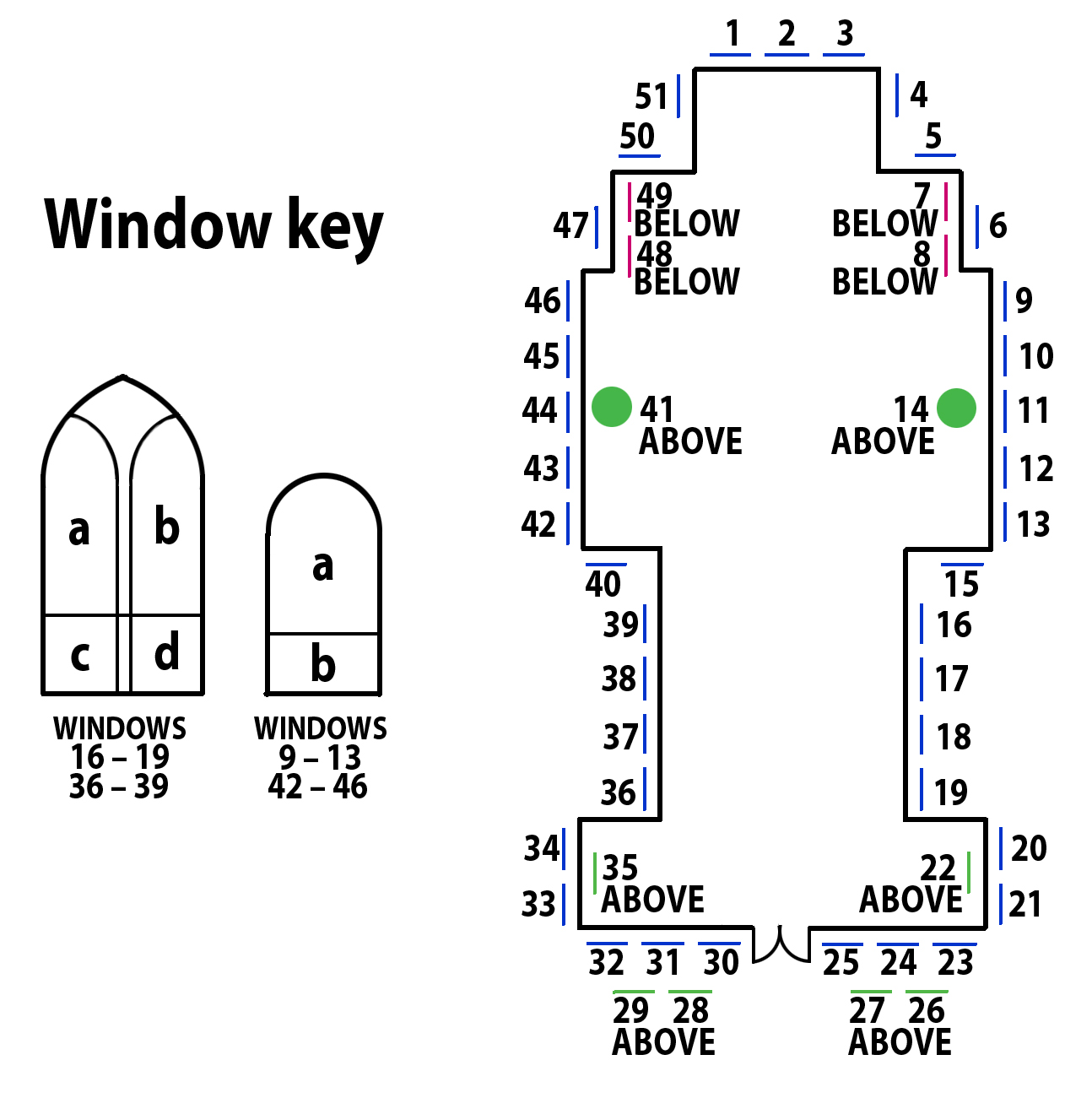History
Timeline History of St. Francis Xavier Cathedral:
1717 Spanish Mission is established at Los Adaes near Natchitoches (Robeline)
1722 French settlement is established in Natchitoches. Post needed for protection of travelers on Red River and over land.
1764 The Poste du Rapides is established. The area is under Spanish rule but serviced by French and Spanish priests.
1770 A census shows 8 houses, a small Apache village of 21 houses and 44 Indians.
1782 Catholic Mission is established. The area is back under French rule. Silver chalice dates to 1782. French missionary priests from Natchitoches serve the post.
1785 Spanish rule again and help French settlers move in from Nova Scotia. Liberal Spanish land grants are given out.
1793 The territory falls under the “Diocese of Louisiana and the Floridas,” a very vast area that stretches from Canada to the southern tip of Florida.
1801 Louisiana area transferred back to France.
1803 The Louisiana Purchase takes place
1812 Louisiana becomes the 18th state of the United States. Population of Alexandria: 840
1817 St. Francis Xavier Chapel is built.
1832 Site for new St. Francis Xavier Church obtained.
1834 A wooden St. Francis Xavier Church officially established.
1848 Father Bellier assigned in residence as visiting priest to a large area for a few years.
1850 Father Bellier transferred to New Orleans.
1853 The Diocese of Natchitoches is formed with St. Francis Xavier Church as one of its parishes.
1861 Civil War, Father Bellier returns. Alexandria is burned and in ruins. St. Francis Xavier Church is saved.
1867 Area slowly recovers. Father Avenard replaces Father Bellier. Rebuilding of the parish and town continues.
1876 Parish grows and repairs are made to St. Francis Xavier Church.
1877 Father Menard assigned as assistant.
1883 Father Avenard dies. Father Menard returns. Rest of the decade brings many trials and changes.
1885 Talk of building new, larger, stone and brick church.
1895 Cornerstone laid for new church. Old church burns. All records pre-Civil War and Civil War era lost.
1896 Temporary chapel built on new site. Building of new, large church continues.
1899 New church ready to occupy. Seating capacity: 720. Cost: $40,000.
1900 Midnight Mass has 500 in attendance.
1910 The See is moved from Natchitoches and the Diocese of Alexandria formed and encompasses all of north Louisiana. St. Francis Xavier Church is designated a Cathedral.
1920s-1940s Continued growth and trials and improvements.
1945-1946 World War II ends, Bishop Greco comes to the Diocese of Alexandria. Windows in the church are replaced with the current beautiful stained glass from a glass studio in St. Louis, MO.
1950-1960 Growth continues.
1977 Church is refurbished.
1984 Church celebrates 150th anniversary
1986 Diocese is split into Diocese of Alexandria and Diocese of Shreveport.
1990 Renovations and improvements continue.
1995 100th anniversary of the brick St. Francis Xavier Cathedral building.
1996 St. Francis Xavier Cathedral undergoes extensive renovation.
2003 New organ installed, the largest in Louisiana.
2010 The Diocese of Alexandria celebrates its 100th Anniversary.
2020 203 years since the first St. Francis Xavier Chapel was built in Alexandria.

Window key:
1, 2, 3. The Ascension of the Lord
4. Jesus with two disciples at an inn on the road to Emmaus
5. The Annunciation
6. Mary visits her cousin Elizabeth
7. JHS-taken from Greek to mean Jesus, Son, Savior
8. Carpenter’s tool and monogram “J” for Joseph
9a. St. Matthew
9b. Winged man: because St. Matthew trace Christ’s genealogy
10a. St. Mark
10b. Lion: because he likened St. Jon the Baptist’s message to a lion’s roar
11a. Christ the King
11b.
12a. St. Luke
12b. Ox: a symbol of patience and strength
13a. St. John
13b. Eagle: reference to the soaring inspiration of St. John’s prose, resurrections, generally based on early belief that the eagle renewed its plumage.
14. Rose window (east): jewel-like in coloration, decoration and shape. Twenty feet in diameter, (currently?) the largest rose window in the state of Louisiana (when it was installed).
15. Decorative window
16a-b. Christ visits Mary and Martha
16d. Jug, grapes, table, bread
17a-b. The Good Samaritan
17c. Snake, crutches
17d. Olives, container
18a-b. Jesus commissions Peter
18c. Church, rocks
18d. Tiara, keys
19a-b. Shepherds visit the baby Jesus in the manger
19c. Three crowns and the Epiphany star
19d. Ciborium, ur and censer; symbols of the gifts of the Magi
20, 21. Two small decorative windows
22. Large decorative window over 20 and 21
23, 24, 25. Three decorative windows
26. Jesus teaching in the temple.
27. St. Joseph’s workshop
28. Flight into Egypt
29. Purification of the Virgin
30, 31, 32. Three decorative windows
33, 34. Two small decorative windows
35. Large decorative window over 33 and 34
36a-b. The Resurrection
36c. Phoenix
36d. Lily
37a-b. St. Francis Xavier heals a sick man
37c. Book, rosary, cross and shell
37d. Broken idol
38a-b. Return of the prodigal son
38c. Lamb
38d. Flower, olive and staff
39a-b. Christ speaks to the little children
39c. Hen and chicks
39d. Lily, heart and cross
40. Decorative window
41. Rose window (west): jewel-like in coloration, decoration and shape. Twenty feet in diameter, (currently?) the largest rose window in the state of Louisiana (when it was installed).
The Pelican design in the center depicts the greatest love of all creatures for its offspring, will pierce its own breast to feed its young with its own blood. Symbolizes Christ’s sacrifice on the Cross because of His love for all persons, symbolized the Eucharistic Sacrament, and in some imagery is seen nesting on top of the Cross.
42a. Angel
42b. Tent and star
43a. St. Bernadette
43b. Crutches
44a. Immaculate Conception
44b. Water and rock
45a. Little flower of Jesus
45b. Crutches
46a. Angel
46b. Tent and star
47. Jesus, Mary and Joseph in the temple
48, 49. Two small decorative windows under #4
50. St. Vincent de Paul
51. Agony in the garden
